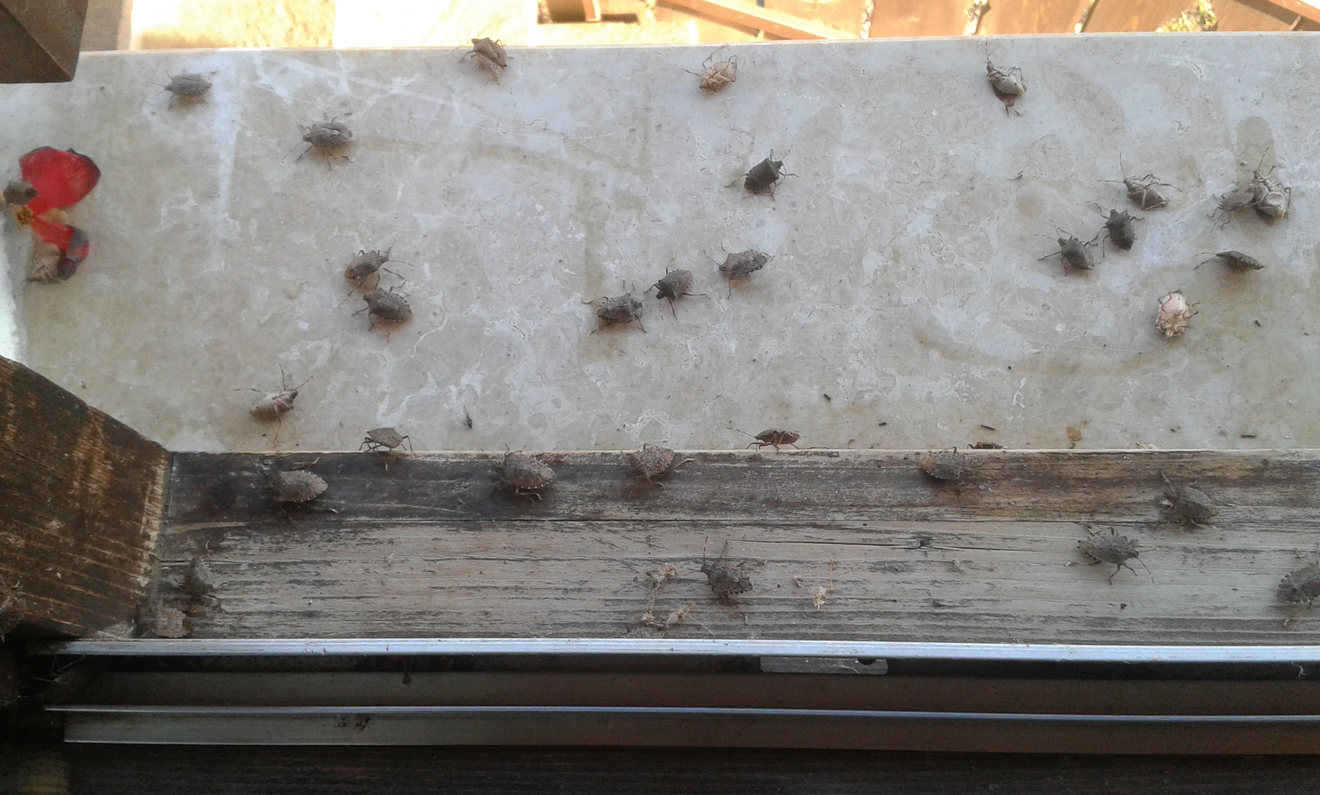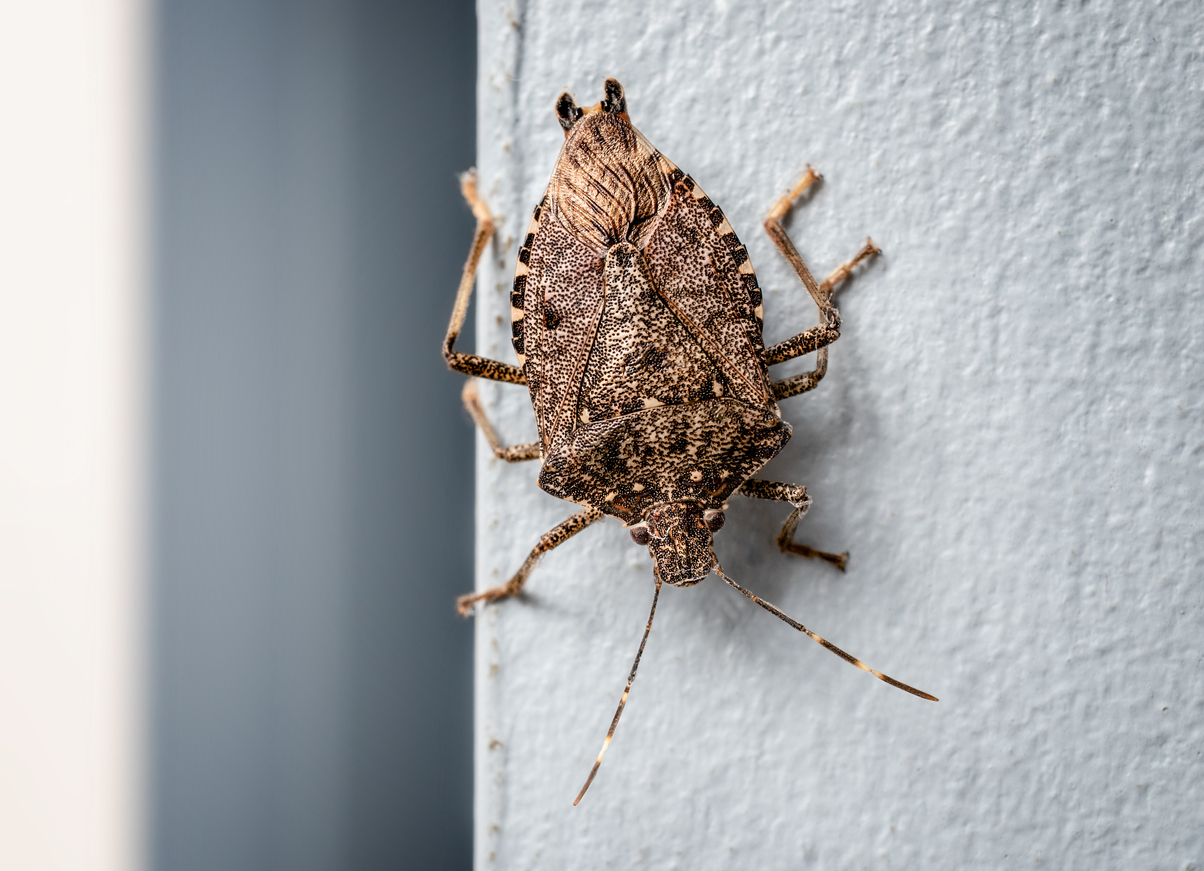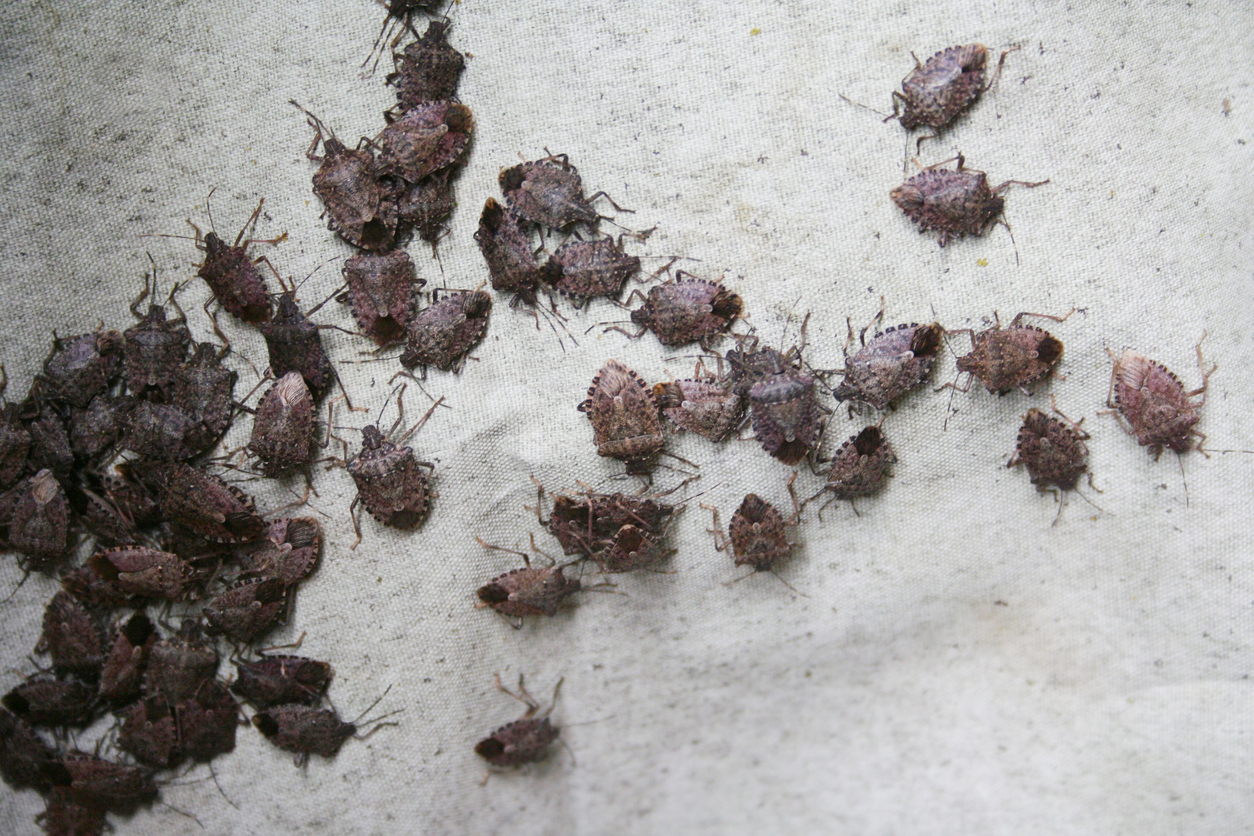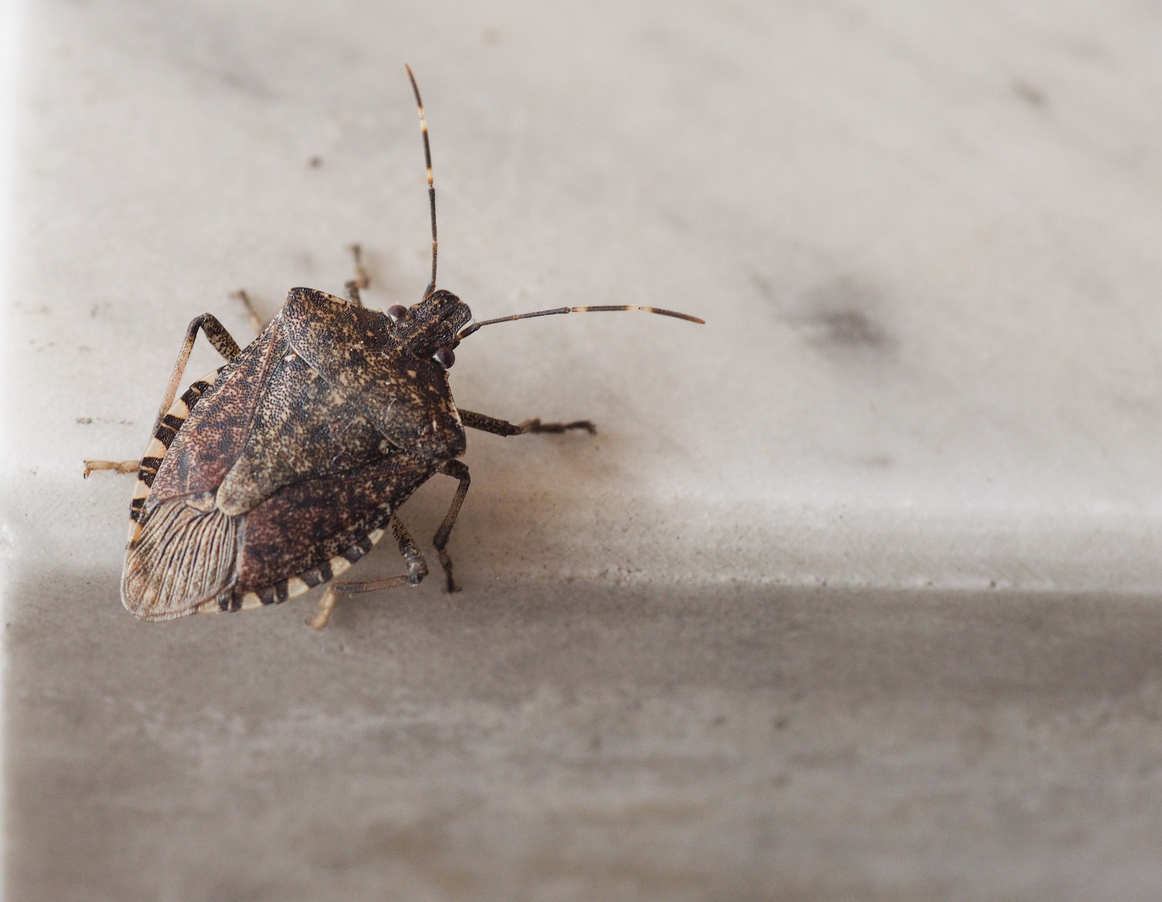What Smells? Stink Bugs and Why They’re in Your Home
This fall, hints of cinnamon, nutmeg, and pumpkin spice should fill the air as you prepare your home for holiday gatherings. The last thing you need is a pungent chemical release from a tiny brown bug. Each year, stink bugs begin looking for a safe, warm place to hibernate through the winter. Once found, they alert others of the cozy shelter. As their party begins, yours comes to a smelly end.
To avoid playing host to some bugs’ long-overdue sleepovers, here are three reasons stink bugs infest your home and what you can do to keep them from crashing your festivities.
Welcoming Entryways

Stink bugs are sneaky creatures — they weren’t even introduced to the United States until the 1990s when they hid in shipping containers from Asia. From there, they stowed away in vehicles that transported them across the country.
Now, they make their way into gardens and homes through overlooked cracks and crevices, open doors and windows, holes in the foundation, or underneath siding.
The first step in keeping the brown bugs at bay is to seal your windows, doors, and water spigots. Tight-fitting screens with no holes help reduce their chances of entering through vents, and capping any chimney is essential. Open your doors for cheerful guests, not stinky pests.
Tasty Treats

Stink bugs will flock to readily available food. If your home is near an agricultural field or garden, you're at greater risk of unwillingly sheltering large stink bug populations as they are fans of soybeans, cotton, and corn. They also crave fruits and vegetables such as apples, cherries, pears, grapes, apricots, peaches, pears, and tomatoes. They’re even known to feast on ornamental plants and landscaping, such as the leaves and stems of greenery.
When they feed on fruits such as peaches or apples, they inject a small amount of toxic saliva, causing the fruit to scar as it grows. This scar resembles a cat’s face, which gives the bug its nickname, “cat-facing insects.” Be sure to check your produce for this noticeable attribute. However, as the bug does not inherit any other features of the cute furry feline, it’s best to call in the professionals if dealing with an infestation.
The Ultimate Nap Spot

We’re all familiar with the long, cozy naps after a filling holiday feast. However, we’re not the only ones who love a good slumber.
As the temperatures drop, stink bugs enter the phase of their life cycle called diapause, a period of hibernation and inactivity. They search for a warm and protected environment to call home for the following months. Once such a spot is found, they release a pheromone that attracts others.
Soon after, a home is filled with stink bugs who have caught wind of the scent. The bugs will then become inactive — they stop eating and do not reproduce until the following spring. Though they will cause no damage to your home while in this state, it’s still important to get them out as they can cause quite a bit of damage upon awakening.
Enjoy the Smell of Pumpkins, Not Pests
Don’t let your curated candle collection go to waste because of brown smelly bugs — contact Stark Exterminators for a detailed pest control plan.






 YouTube
YouTube Facebook
Facebook Twitter
Twitter